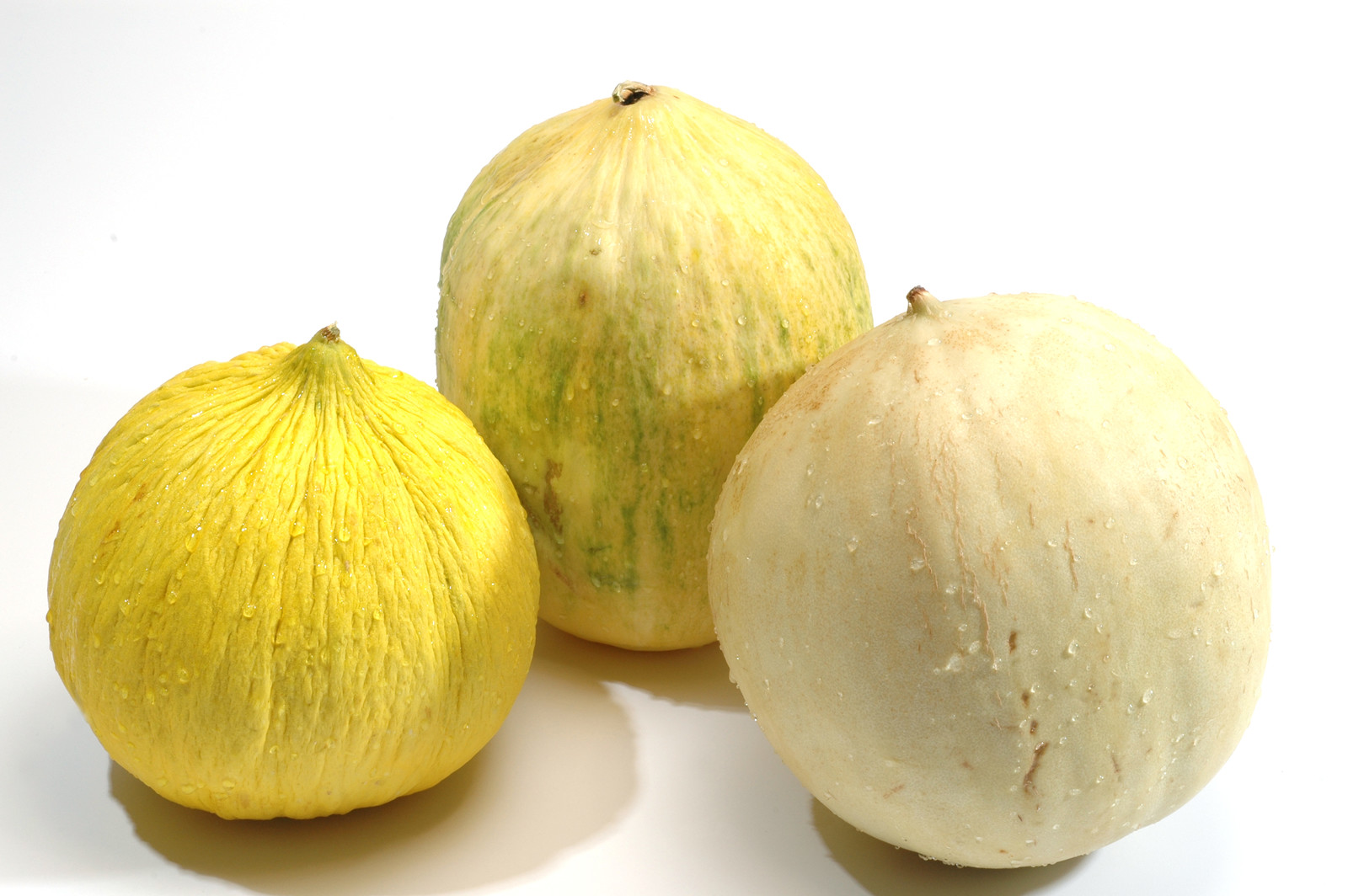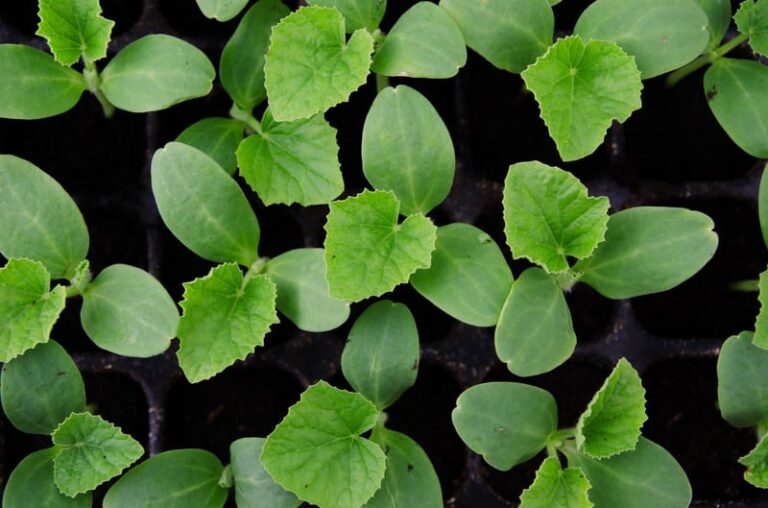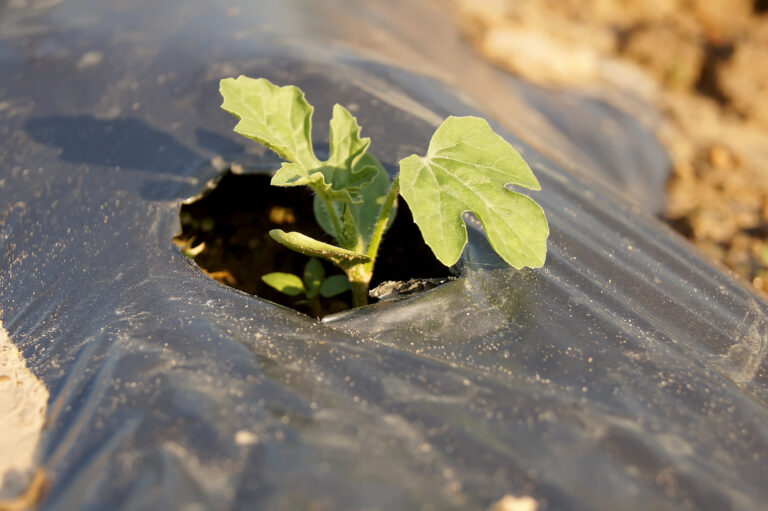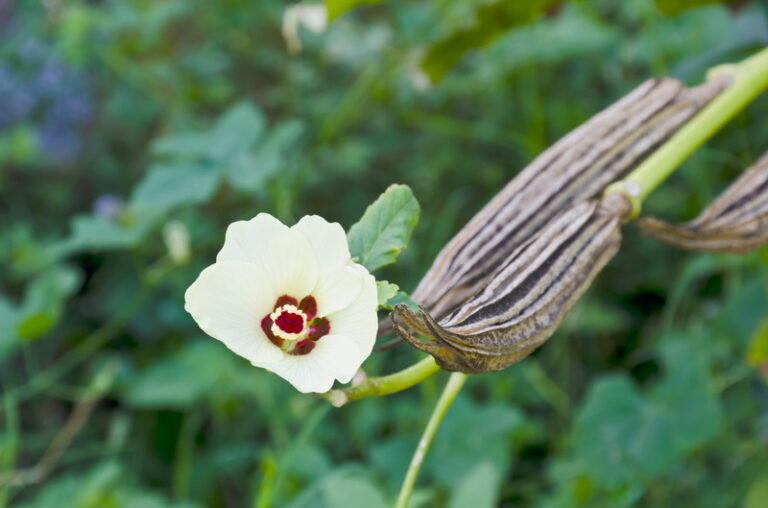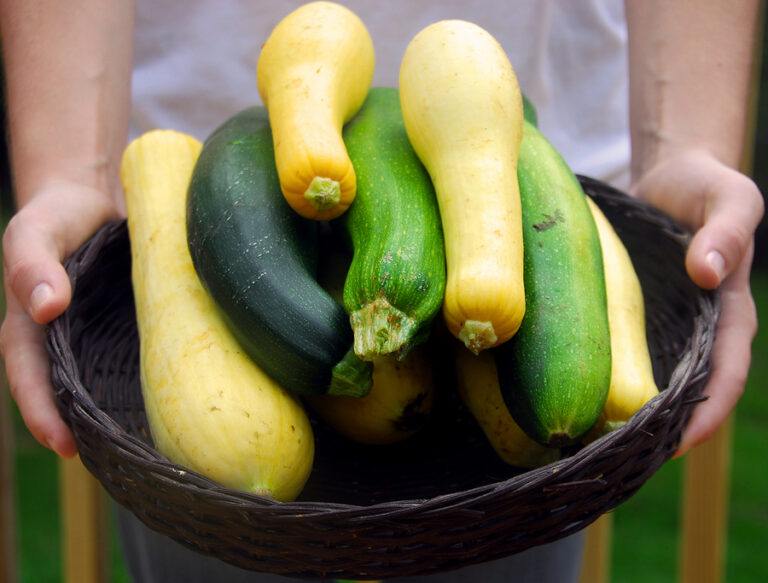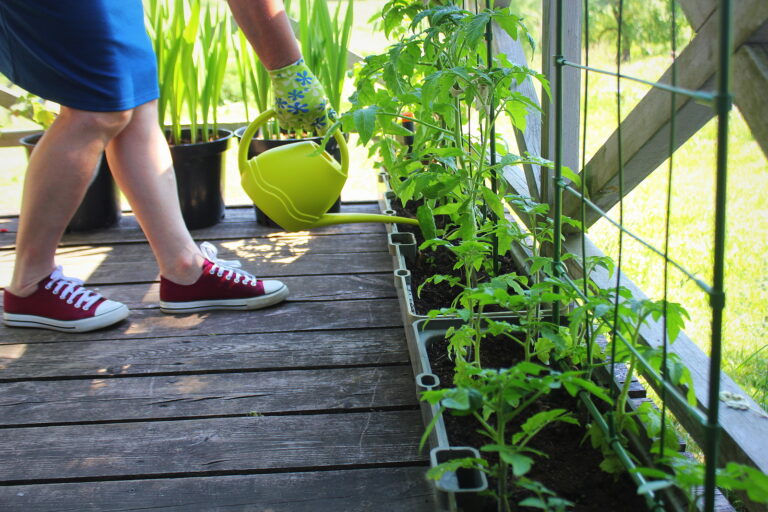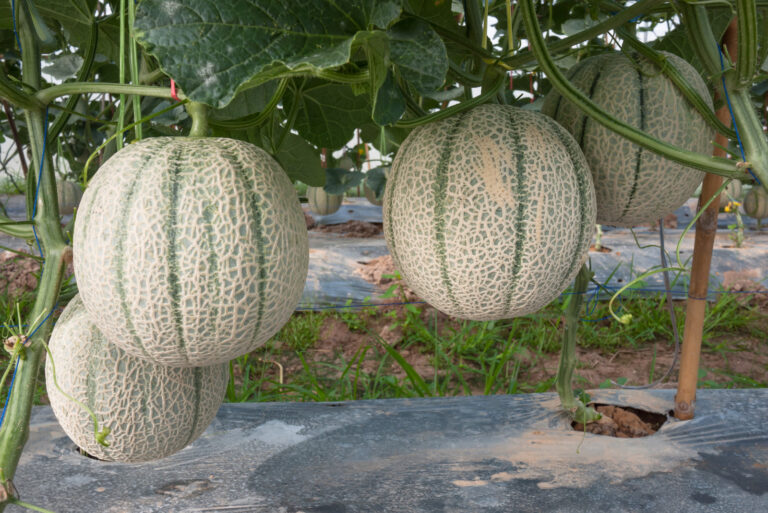Growing Gaila, Honeydew, and Crenshaw Melons
Flavorful Varieties for the Summer Garden
When you want melons that go beyond cantaloupe and watermelon, Galia, Honeydew, and Crenshaw are standout options. As a lifelong gardener growing melons in warm, sunny beds and raised garden frames, I’ve found these varieties not only delicious but also rewarding to grow with the right care and timing.
Galia Melons: Aromatic and Sweet
Galia melons are a cross between cantaloupe and honeydew, known for their strong aroma and rich sweetness. They’re typically small to medium-sized (2–2½ pounds), with a round shape, yellow netted rind, and light green, juicy flesh. The flavor is tropical and floral—perfect for fruit salads or fresh off the vine.
Top Galia Varieties:
- Galia (Hybrid, 65 days): Early maturing, with exceptional sweetness and resistance to powdery mildew. Grows well in frames or open gardens.
- Jenny Lind (Open-pollinated, 75 days): An heirloom variety with a unique turban-shaped blossom end, producing mildly sweet fruit with subtle flavor. Introduced in 1846.
- Passport (Hybrid, 73 days): Larger and vigorous with dark green skin and thick green flesh. Tolerates anthracnose and gummy stem blight.
- Rocky Sweet (Hybrid, 85 days): Lime-green, non-musky flesh with a balanced sweetness; rind turns yellow-orange when ripe.
Honeydew Melons: Smooth and Juicy
Honeydew melons are famous for their silky texture, firm flesh, and long storage life. They require a longer growing season and thrive in warm, dry climates.
Key Features:
- Smooth, ivory to pale green rinds
- Light green, tender flesh
- High sugar content when fully ripe
Top Honeydew Types:
- Honeydew (Hybrid, 95–115 days): Classic oval melon with hard ivory skin and juicy, sweet green flesh.
- Early Dew (Hybrid, 80 days): A great choice for cooler regions; smaller fruit with a golden-green skin at maturity.
- Honey Brew (Hybrid, 90 days): Concentrated sweetness, pale green skin, and vigorous growth.
- Morning Dew (Hybrid, 96 days): Large, disease-resistant, and exceptionally sweet with thick green flesh.
- Tam Dew (Open-pollinated, 95–100 days): A productive, medium-large variety with juicy light-green flesh.
- Venus (Hybrid, 88 days): Slightly netted rind, bright green aromatic flesh—compact and productive.
Crenshaw Melons: Complex and Flavorful
Crenshaw melons are a hybrid between Persian and Casaba melons. They have a unique flavor—sweet, slightly spicy, and very juicy. Crenshaws are larger and need a long, warm season to fully mature.
Notable Characteristics:
- Pear-shaped fruit with golden, slightly wrinkled skin
- Salmon-pink flesh
- Rich, spicy-sweet flavor ideal for chilled desserts or breakfast
Crenshaw Favorites:
- Crenshaw (Open-pollinated, 90–115 days): Classic variety with 6–10 pound fruit and robust flavor.
- Honeyshaw (Hybrid, 85 days): An early-maturing Crenshaw hybrid with sweet salmon-pink flesh and yellow, ribbed skin.
- Casaba Golden Beauty (Open-pollinated, 110 days): A close cousin with aromatic white flesh and golden wrinkled rind—best for hot climates.
- Marygold (Hybrid, 88–92 days): A small Casaba/Crenshaw-type with very sweet green-white flesh and great yield in humid conditions.
Growing Tips for Galia, Honeydew, and Crenshaw Melons
- Warmth is essential: All three types thrive in warm soil (above 70°F) and need full sun.
- Spacing and support: Give vines room to sprawl or train them vertically for better airflow and easier harvesting.
- Water wisely: Keep soil evenly moist until fruits set, then reduce watering to concentrate sugars.
- Fertilize regularly: Start with a nitrogen-rich feed early, then switch to a balanced or phosphorus-heavy fertilizer as fruit develops.
- Watch for pests: Cucumber beetles, aphids, and squash bugs can affect yields—use row covers early in the season and handpick or trap pests as needed.
Tip From My Garden
Whether you love the tropical sweetness of Galia, the silky richness of Honeydew, or the complex spiciness of Crenshaw, these melons offer flavor, fragrance, and a rewarding garden experience. With over 30 years of growing melons in both raised beds and traditional mounds, I recommend starting with one or two varieties and giving them plenty of sun, space, and patience—they’re worth the wait.
Melons Overview: The Ultimate Guide to Growing Melons: From Planting to Harvest
Watermelons: How to Grow Watermelons from Seed to Harvest: Ultimate Guide for Sweet, Juicy Success
Related Posts:
Planting & Growing Basics
- When to Plant Melons for the Best Harvest
- Best Soil and Location for Growing Melons
- Planting and Spacing Melons Step-by-Step
- Growing Melons on Mounds and Hills: A Proven Method for Stronger Plants and Sweeter Fruit
Care & Maintenance
- Watering and Feeding Melons for Maximum Sweetness
- Caring for Melons Through the Season: A Practical Guide
- Melon Pollination: How It Works and When to Lend a Hand
- Melon Pests and Diseases: Identification and Control
Space-Saving Techniques
- Melons in Small Spaces: Container Growing Made Easy
- Growing Melons Vertically: Save Space and Boost Harvests
- Trellising Cantaloupes: Why and How
Ripeness & Harvesting
- How to Tell When Melons Are Ripe
- How to Know When Cantaloupes Are Ripe: Slip Stage and Other Signs
- The Gardener’s Guide to Harvesting and Storing Melons for Peak Flavor
Melon Types & Varieties
- Summer Melons vs Winter Melons: Know the Difference
- Growing Gaila, Honeydew, and Crenshaw Melons
- Best Cantaloupe Varieties for Home Gardens
Enjoying the Harvest

